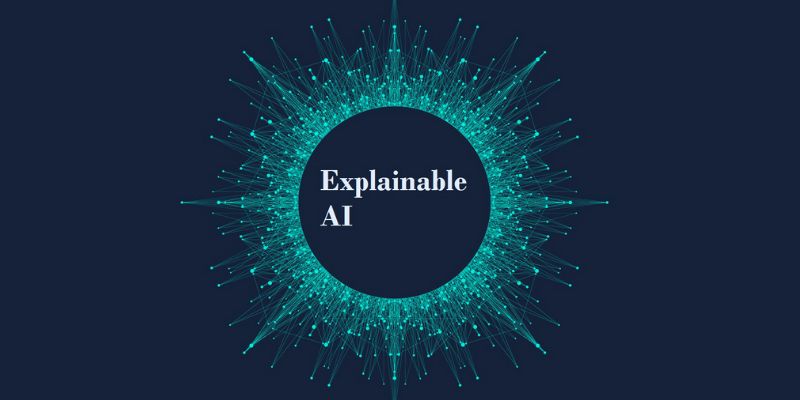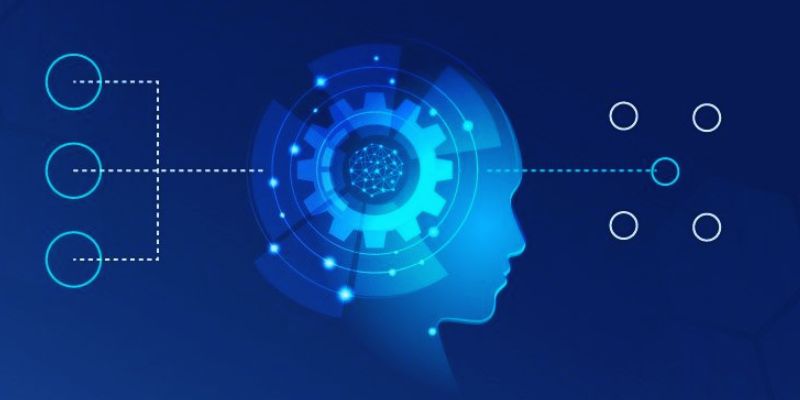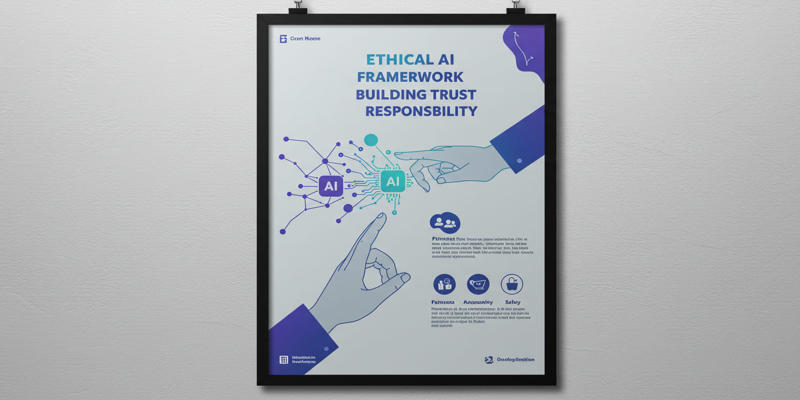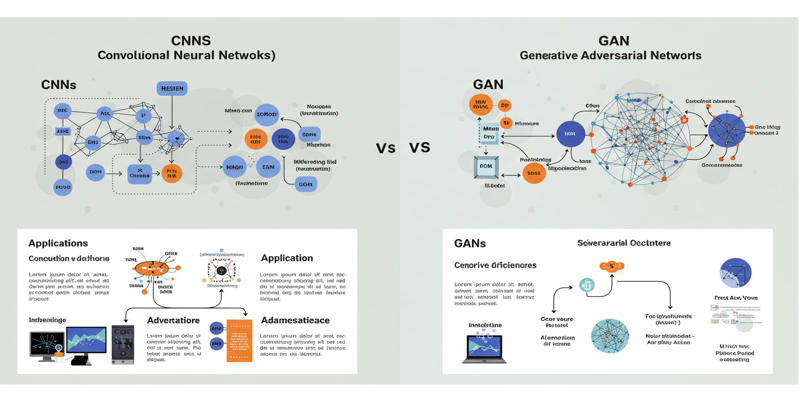Phones, hospitals, banks, and more use artificial intelligence (AI). It guides individuals toward quicker, smarter decisions. However, many are unaware of how artificial intelligence operates. It can lead to mistaken decisions and confusion, and explainable artificial intelligence (XAI) is relevant now. XAI reveals how and why artificial intelligence decides. It simply and clearly describes every stage.
It is beneficial in fields including law, business, and healthcare. People working in these disciplines must completely trust the results. Users of XAI will understand how artificial intelligence operates. It also fixes errors and enhances the system. Developers may create better models and discover weak places. XAI creates faith in AI instruments. It provides daily technological users with a sense of safety.

Using data, artificial intelligence (AI) learns and makes wise decisions. It searches for trends and projects future events. AI is often faster and more precise than humans. Sometimes, it's difficult to grasp how AI arrives at its solutions. Like deep learning, some models are complicated and buried. These models are produced without displaying their processes. They are hence referred to as "black boxes." People are curious about the reasons behind the decisions made.
Imagine a student provides the correct response but fails to show the process. You might not value the outcome. The same is true with artificial intelligence. If we find it difficult to understand, we might not trust it. Particularly in disciplines like medicine or law, this can be dangerous. Explainable AI then comes in handy. It clarifies and makes it easy to follow AI's reasoning. It traces the model's actions. It increases confidence and renders artificial intelligence safer for consumption.
Explainable artificial intelligence (XAI) simplifies the understanding of AI decision-making. It clarifies the justifications for every choice. XAI simplifies difficult procedures by using several phases. This benefits users as well as professionals in general. Showing how artificial intelligence operates helps XAI gain credibility. It clarifies the enigma and increases the openness of artificial intelligence. It is particularly crucial in law, healthcare, and finance, where trust counts. Knowing how decisions are made, XAI helps humans to feel more at ease with AI systems. There are two main types of explanations:

Explainable artificial intelligence should be used in every system for several compelling reasons.
Explainable artificial intelligence (XAI) simplifies models using several techniques. One approach emphasizes the important elements of decision-making using feature importance. For a loan model, income or credit score could be essential. One prediction at a time, LIME, or Local Interpretable Model-Agnostic Explanations, explains. It creates a basic model akin to the intricate artificial intelligence model. It clarifies the reasons for the particular choice taken by users.
Based on game theory, SHAP (SHapley Additive exPlanations) credits each feature for its effect on the outcome. It guarantees openness and fair values for every input. Naturally straightforward structures, decision trees employ yes/no questions to guide judgments. XAI explains that more complicated models use decision trees most of the time. These approaches help consumers feel confident in the decisions made by the system by making artificial intelligence more approachable. Every technique provides cogent justifications for several kinds of artificial intelligence models.
Explainable artificial intelligence (XAI) is particularly crucial in fields where the model shapes individuals' lives. In finance or healthcare, for instance, choices can significantly impact people. By simplifying the process, XAI allows people to trust these decisions. When humans rely on artificial intelligence for significant results, trust is vital. Sometimes, the law orders models to include specific justifications. That is particularly true in sectors like banking and healthcare, where legal guidelines call for openness.
XAI is also useful when you have to troubleshoot or enhance your model. Knowing why a model made a particular choice helps one spot mistakes and improve performance. Early problem spotting and system improvement by XAI enables engineers to improve the system. XAI offers the openness required for trust, justice, and responsibility, whether your industry is finance, healthcare, or another one using artificial intelligence. It guarantees compliance with both legal criteria and system performance.
Understanding how artificial intelligence models make decisions depends on explainable artificial intelligence or XAI. Particularly in important fields like law, banking, and healthcare, it fosters confidence, guarantees justice, and offers openness. XAI increases users' confidence and encourages responsible use by helping them grasp the underlying causes of decisions. In sectors where decisions affect people's lives, it also helps satisfy legal criteria and strengthens responsibility. XAI lets developers troubleshoot, refine models, and boost performance.

Discover how Microsoft Drasi enables real-time change detection and automation across systems using low-code tools.

Discover ChatGPT, what it is, why it has been created, and how to use it for business, education, writing, learning, and more

Discover five powerful ways computer vision transforms the retail industry with smarter service, security, shopping, and more

The AI Labyrinth feature with Firewall for AI offers protection against data leakages, prompt injection attacks, and unauthorized generative AI model usage.

How logic and reasoning in AI serve as the foundation for smarter, more consistent decision-making in modern artificial intelligence systems

12 essential resources which organizations can use to build ethical AI frameworks and also provides information about tools and guidelines and international initiatives

Business professionals can now access information about Oracle’s AI Agent Studio integrated within Fusion Suite.

Explore the differences between Llama 3 and Llama 3.1. Compare performance, speed, and use cases to choose the best AI model.

Know how sentiment analysis boosts your business by understanding customer emotions, improving products, and enhancing marketing

Know the essential distinctions that separate CNNs from GANs as two dominant artificial neural network designs

Open reasoning systems and Cosmos world models have contributed to robotic progress and autonomous system advancement.

AI Hallucinations happen when AI tools create content that looks accurate but is completely false. Understand why AI generates false information and how to prevent it